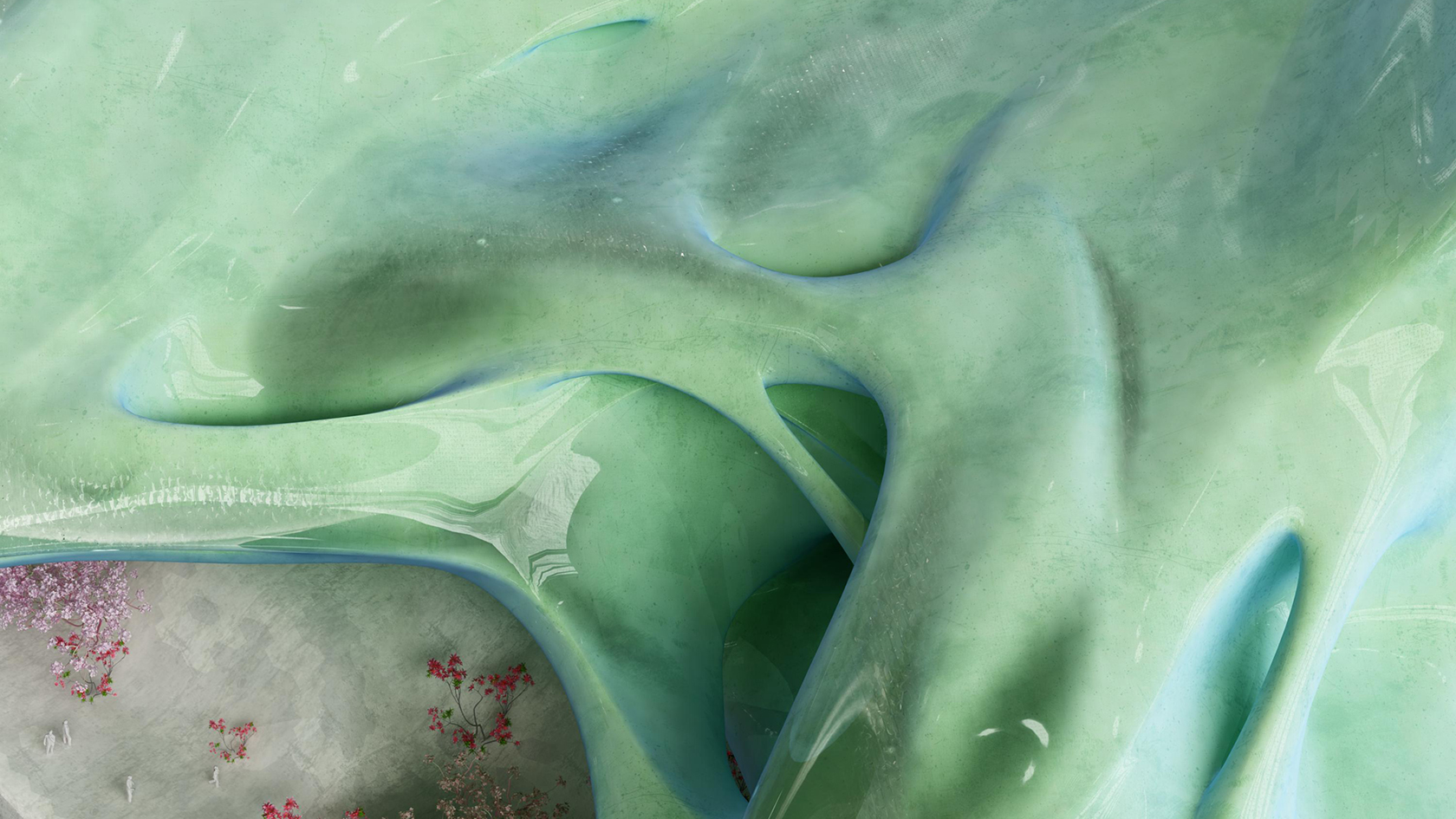





busan opera house | south korea
︎ ︎ ︎ Next︎
The Busan Opera House proposal engages innovative planning strategies in order to provide public spaces that interact with two large auditoria while enabling a public thoroughfare that connects land and water through the building. These spaces culminate at the water’s edge in an outdoor public plaza and in the sky via large walkways that cantilever out over the water with a view of the sea. The building’s materiality marks this transition through variations in translucency. The building envelope is mostly opaque, made from locally made ceramics that proudly portray Korean’s ceramics heritage. Transitions from land side across to the water’s edge are achieved through a gradient of translucency; realised in glass before the extremities of the building cantilever out over the water offering a fully transparent aspect towards the sea. The form and character of the opera house is arrived at through a formative process of self-organisation. A complex topological surface emerges from the self-organisation of a swarm system. The swarm is tasked to operate topologically, through the local interaction of agent based surface nodes and their individually assigned event triggered behaviours. The methodology situates formation as a series of local and interrelated events, that allow for a range of surface conditions to arise and trigger further change. Inspired by the graphic topological transformations outlined in Stuart Pivar’s On the origin of form: Evolution by self-organisation, in the Busan Opera House, complex behavioural relations determine topological events. Rather than being designed explicitly, the unique form and character of the opera house is intrinsic to its formative process. This non-linear algorithmic methodology operates through negotiative processes and offers much potential for further projects due to its ability to incorporate numerous design constraints within its rule-set.
rs-sdesign project team:
Robert Stuart-Smith (Director), Isaie Bloch, Nicholette Chan, Katya Obedkova, Igor Pantic, Gilles Retsin, Paola Salcedo, Ashwin Shah, Sophia Tang